The tech helping us live longer
As average lifespans continue to increase, technology will assist our worn-out bodies and make later life more enjoyable
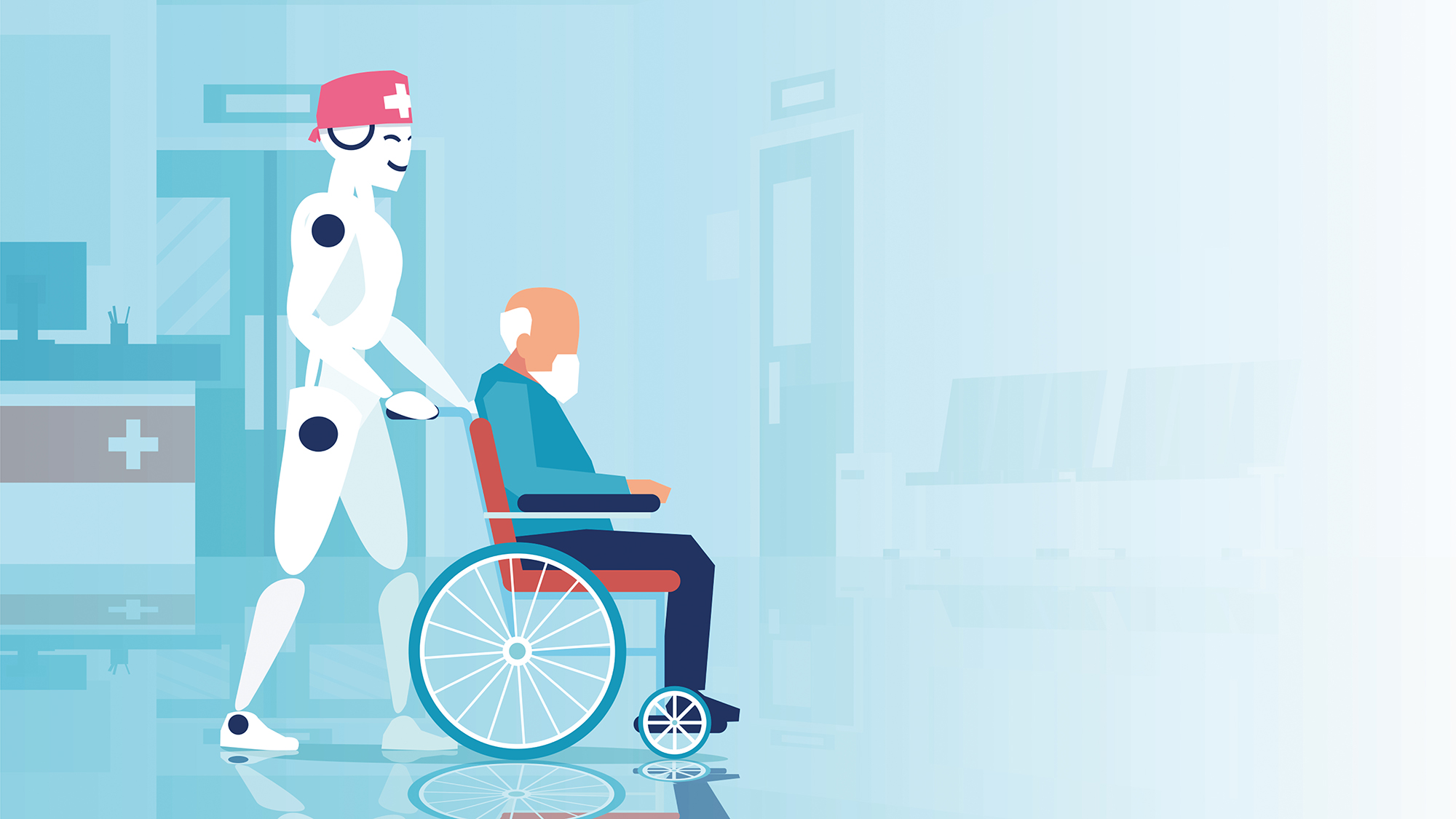
If you were born in 1920, you could expect to live for just over 55 years if you were a man, and almost 60 if you were a woman. The average boy born today, however, will reach almost their 90th birthday, while girls will hit their 92nd. Lifespans have been extended by decades, but does our quality of life suffer as a result?
Getting older isn’t only a matter of adding a few more candles to the cake and accepting that music was “better in my day”, it also brings a vast range of physical changes. The functions of our liver, kidneys and other organs gradually decline; muscles and joints wear out; our immune system starts to put its feet up. The brain can even reduce in volume as we age. On top of that, there’s the risk of developing chronic illnesses. The longer someone lives, the more likely they are to pick up conditions such as dementia, heart disease and cancer.
Getting older comes with benefits too, of course. Older people are more likely to be politically engaged, be able to enjoy greater amounts of leisure time, have better problem-solving abilities and enjoy a healthy sex life – but there’s no denying that ageing has formidable challenges.
So how can tech help old age be the best years of your life? There are three main areas that must be tackled: Physical health, mental health and social circumstances, which covers everything else from contact with family and friends to a suitable home environment. The tech industry has all three in its sights.
The doctor on your wrist
Older age is linked with a whole host of chronic diseases. To age well, we need to delay their arrival or prevent their onset altogether.
Wearables may have started out as a way for the über-fit to measure their daily workouts, but the devices are now being recast as a medical tool. One of the earliest hints of how useful wearables could be for healthcare was the addition of ECG functionality to the Apple Watch – an unobtrusive way of measuring the heartbeat that could also flag up if the wearer is at greater risk of developing atrial fibrillation, a heart condition that can cause strokes.
While medical-type tools such as ECGs are a rarity in wearables today, future generations of the devices are likely to come with even more sophisticated sensors. Samsung watches look likely to include blood pressure-monitoring in the near future, while non-invasive blood glucose sensors that don’t require a drop of blood for analysis are also in the works. It’s easy to imagine that they’ll eventually be incorporated into wearables or smartwatches to monitor diabetes.
Get the ITPro daily newsletter
Sign up today and you will receive a free copy of our Future Focus 2025 report - the leading guidance on AI, cybersecurity and other IT challenges as per 700+ senior executives
By gathering data on the early signs of disease through wearables, older people and their doctors can step in earlier, either making changes to prevent conditions developing or catching them sooner, improving the chances management will keep the condition under control. “The notion that patients or consumers are able already to manage their health and disease with easy-to-use technologies, smartphone apps, health sensors, at-home lab tests and so on… creates a new game when it comes to disease management,” said Dr Bertalan Meskó, director of The Medical Futurist Institute. “This is going to have the biggest impact on the lives of people in the ageing population.”
Using wearables to move from reactive to proactive healthcare will be like moving from black and white to colour TV, said Sumi Helal, professor and chair in digital health at Lancaster University’s Centre for Ageing Research. “The care system lives in the dark until an event has happened, and then you seek help and a consultation, and receive some care… How can we compare this to something that provides us with a continuous view? It will completely change everything for the benefit of the older adults, [and] for the benefit of the care system itself, where things would be more informed and with less error, and at less cost.”
Of course, all that data is only useful if doctors and other medical professionals can access it, rather than it just sitting in the user’s device. While it’s still relatively rare, data from patients’ devices and home readings is increasingly being integrated with their health records. However, wearables can generate a deluge of data that it would be impossible for human clinicians to keep on top of, which is where AI physicians will step in. In future, readings from wearables and other health data-gathering systems will be fed into patients’ medical records, where they’ll be analysed by AI to pick out signs of changes that could indicate disease.
Expect to see more emphasis placed on data from wearable devices in future, due to the changes wrought by the coronavirus outbreak, such as a rise in telehealth. “Covid-19 showed us that it’s not a luxury anymore,” Helal said. “We do need these things.”
Later-life monitoring
There are a raft of futuristic technologies that also have potential to help older people to both live and work for longer.
As we get older, our muscle bulk tends to fall – a natural process known as sarcopenia – which is why some companies in the motor industry have started giving staff exoskeletons, allowing factory-floor staff to work with heavier loads in later life. The exoskeletons are essentially frames that fit around parts of the body, usually the arms and torso, taking some of the strain out of physical work. Exoskeletons are reportedly already being used by some Japanese firms to enable workers to carry on in their posts into their seventies (whether most people would want to work that long is another matter).
Daigo Orihara, CEO of Japanese exoskeleton manufacturer Innophys, said the hardware can help older people keep doing the activities they enjoy, as well as extend their working life. “Exoskeletons would play important roles to help elderly people who want to stay active,” Orihara said. “After retirement from their jobs, many people enjoy farming, gardening, and hiking as hobbies, but as they become older, they experience pain in their lower backs and knees due to weakening muscle and ageing joints. I believe exoskeletons reduce the load on the body, allowing people with these problems to do their hobbies without much physical pain… For those who do not want to retire and want to stay longer in their physical work, such as farming, construction, and warehouse, exoskeletons also would be used to help them keep in the business.”
Brain-computer interfaces (BCIs)are another sci-fi-esque tech that could one day help with conditions linked to ageing. Strokes, caused by a bleed or blockage of a blood vessel in the brain, can cause brain tissue to die off, leaving people with limb paralysis as well as problems with their sense of touch and speech, among other things. BCIs – which translate brain signals into code that machines can understand and vice versa – are only experimentally used now, but they hold huge potential for enabling those with disabilities to regain function they may have lost or, if they can’t, to control robotic prostheses that can replicate the sort of things their limbs used to do.
The most advanced BCIs, which could translate neural signals into speech or complex commands for robotics, aren’t likely to be in common use for a few years, but simple head-worn devices that could allow people to type with their brains – that is, when you think words, they could automatically be inputted into a device – or control actions on a computer are closer than you might think. Facebook is already working on thought-to-speech tech and recently bought BCI company CTRL-labs. For older people who might have lost the strength or dexterity in their hands, BCIs could offer a way of continuing to interact with their personal devices using thought alone, helping the elderly keep in touch with friends and family.
It’s not only joints and muscles that wear out in older age. Around two-
thirds of transplants happen in people over 50. Bioprinting – 3D printing with human cells instead of plastic – could offer a solution to the problem of a shortage of donor organs.
Once a small piece of tissue has been extracted from the person in need of a new organ, the cells in that tissue can be multiplied to make a pool that the bioprinter can use. The cells are pushed out through the printer onto a 3D scaffold that gives the organ structure. Using bioprinted organs has several advantages over donated ones: organs grown from your own cells won’t run the risk of rejection by your body, won’t require drugs to suppress the immune system for the rest of your life and will be made to exactly the right dimensions.
Researchers have already used the technique to create flat skin tissue, as well as hollow structures, such as blood vessels. Making full size organs is proving trickier due to the amount of blood flow they need and diverse functions that they perform, but the prospect of a fully bioprinted organ is getting closer: researchers at Tel Aviv University’s School of Molecular Cell Biology and Biotechnology have used bioprinting to construct a tiny version of the heart.
Treating mental health
Health goes beyond the physical: ageing can bring with it increased risk of isolation, cognitive decline and dementia.
Some of the most effective ways to stave off loneliness are also some of the simplest: regular contact with friends and family through services such as Zoom when in-person visits aren’t possible, for example. Whether you consider a Zoom call or a Skype meeting is a decent replacement for a face-to-face chat is likely to depend on age: tomorrow’s pensioners are likely to feel more comfortable with a virtual chat than today’s generation. “Our current millennials, or those younger than that, they might just about get away with getting similar enjoyment to face-to-face because that’s how they interact and have done from their very young formative years, whereas our older people, it’s by the by,” explained Dr Mani Santhanakrishnan, a consultant old-age psychiatrist. “Face-to-face is something they really miss. That one-to one, face-to-face connection is important.”
Technologies designed to counter loneliness in old age have received a boost from a surprising quarter: the coronavirus outbreak. “What has really changed, and actually it’s going to expedite the entire process of research and these things coming onto the market, is Covid-19,” said Chandni Mathur, a senior industry analyst who covers healthcare at analysts Frost & Sullivan. “Loneliness is something which a lot of people are experiencing right now because of being in lockdown and quarantined.”
As a result, the market for technology to help loneliness in the wider population could help drive the development of technology that will be useful for older people. “I think social robots and virtual reality/augmented reality will be taken up pretty fast,” she added.
VR could provide a way of addressing anxiety and depression, while people who are housebound or struggle with mobility could use VR as a method of travelling without leaving the house – a way of revisiting familiar locations or journeying to places that have always been on their bucket lists. If this seems far-fetched, a team at the University of Tokyo has already trialled virtual holidays with several care home residents, showing them 360˚ footage of locations including Hawaii and Venice, and found it had a dramatic effect: it encouraged one chairbound resident to stand and walk. VR can also help address loneliness by bringing users together with distant family members in one (virtual) location.
More low-tech systems have their place too, said Santhanakrishnan, such as simple prompts on devices to remind seniors to take care of their mental health – similar to phone notifications when it’s time to take their medication. “It could be ‘you’re due for your mindfulness’ or something like that,” he said. “If we know that, when they wake up in the morning, they will get very anxious, they could have that three minutes of breathing space or a mindful exercise that could be helpful. Then in the future we might be able to tailor-make a programme that will suit them.”
The social environment
Research has found that most older people would rather “age in place” – continue to live at home – rather than move to assisted living or into a care home. The idea of using a suite of technologies to make homes more senior-friendly has been around for several decades. In the 1990s, for example, the Japanese government sponsored the creation of several “Welfare Techno Houses”, experimental dwellings where new technologies designed to improve the quality of life for elderly and disabled residents were tested, including systems for home automation and remote healthcare.
Those futuristic dreams might now be coming true, thanks to the ubiquity of the Internet of Things and voice-controlled devices. With smart speakers now morphing into fully-fledged home assistants – hubs for controlling everything from lights to blinds to TVs and fans – smart homes can help older people with poor eyesight or difficulties with using their hands to control the mechanics of their homes, as well as keep up with the news and weather and other activities of daily living, such as shopping. “These types of technologies that can translate voice into action are going to be very useful,” said William Kearns, president of the International Society for Gerontechnology.
Smart homes could also help older adults in other ways by offering remote monitoring. Cameras coupled to AI systems can detect when the resident has had a fall, for example, while Kearns’ research has shown that sensors that can detect changes in an individual’s patterns of movement around their home are crucial.
“It could be that this movement pattern change, a change in someone’s flight path, so to speak, could precede a fall, and it could precede a full blown urinary tract infection… it could give the physician and opportunity to intervene before it became severe enough that the person with a fever has had to be hospitalised. These are the types of things that might be able to be done from data coming from sensor systems that look at where people are physically in space, and how they move about,” Kearns said.
Data gathered from even the most mundane of household fixtures and fittings could help protect elderly residents. A bath alarm can alert someone if they’ve forgotten to turn off a tap, a toilet being visited more frequently than usual could signal the onset of a urinary tract infection (often a cause of serious delirium in the elderly), an empty fridge or unslept-in bed can suggest someone whose mental health is decline.
Having sensors to monitor an elderly person’s home can make their friends and family – and the resident – feel more secure, but such security can come at the price of the privacy and dignity of the older person.
“The principle behind these things is that sensors will pick up the changes in your everyday activity patterns, or in your body temperature, or in your movement pattern,” said Gloria Gutman, vice-president of the International Longevity Centre Canada and professor emerita at the Department of Gerontology of Simon Fraser University. “If it doesn’t fit what you normally do, it will alert somebody. In theory that sounds okay, I guess, as long as somebody can get to you when you need it, and it’s not going to cost you too much for that service. Then there are also some privacy issues: would you want your kid to know when you get up and when you go to bed, or if you flush the toilet or not? With some of these things, we’re capable of making them work, but do we want them?”
Autonomous cars are another technology likely to enable a more comfortable old age. For many seniors, giving up driving can be a wrench, and can affect their ability to socialise as well as undertake everyday tasks, such as shopping or attending hospital appointments. “If you can’t drive yourself, but if you’re able to have access to an autonomous car, that’s liberating,” Gutman added.
People, not patients
Older adults are a huge, untapped market that tech companies are rushing to meet – but all too often they’re foisting technology onto elderly users that doesn’t actually meet their needs. So, while the market might be substantial, it’s also increasingly discerning.
“What is important to note for the companies who are making this technology is that the population that they’re targeting is also very well aware of technology now, and they don’t want to be treated like patients, but they want to be treated like customers who are actually shopping for an experience and not just being forced into doing something,” said Frost & Sullivan’s Mathur.
To get tech companies to make better products for seniors, older users will need to be involved in the design process, with their experiences informing how the hardware and software is glued together. “The key with these technologies is to ensure that the older people, they own the data, they understand how data will be used, and so on, so they’re more in control of their care needs,” said Nesta’s Mac Manus. “One of the issues with these technologies that we’ve found is sometimes they feel like they’re not really co-designed with older people. One of the things we talk about with technology is how it can be really deeply co-designed and co-produced with the end user because that also makes it useful.”
Technology for old age will also need to be designed for a broad range of users – from the technology-adept to those who have never touched a tablet before – and also for a whole range of budgets. It’s one thing to create a vital bit of kit, it’s another to do it at a price that all seniors can afford.
Older adults are typically as seen as technophobes, uninterested in technology and unable to work all but the simplest interfaces. However, that picture is rapidly becoming outdated: one in five people aged over 75 use a smartphone, and almost half are internet users.
Questions of digital exclusion are valid for the oldest members of today’s society, but for the seniors of tomorrow, used to a range of technologies for work and at home, it’s likely to be a different story. Technology really could be the key to a more interesting, more comfortable old age.
-
 Bigger salaries, more burnout: Is the CISO role in crisis?
Bigger salaries, more burnout: Is the CISO role in crisis?In-depth CISOs are more stressed than ever before – but why is this and what can be done?
By Kate O'Flaherty Published
-
 Cheap cyber crime kits can be bought on the dark web for less than $25
Cheap cyber crime kits can be bought on the dark web for less than $25News Research from NordVPN shows phishing kits are now widely available on the dark web and via messaging apps like Telegram, and are often selling for less than $25.
By Emma Woollacott Published
-
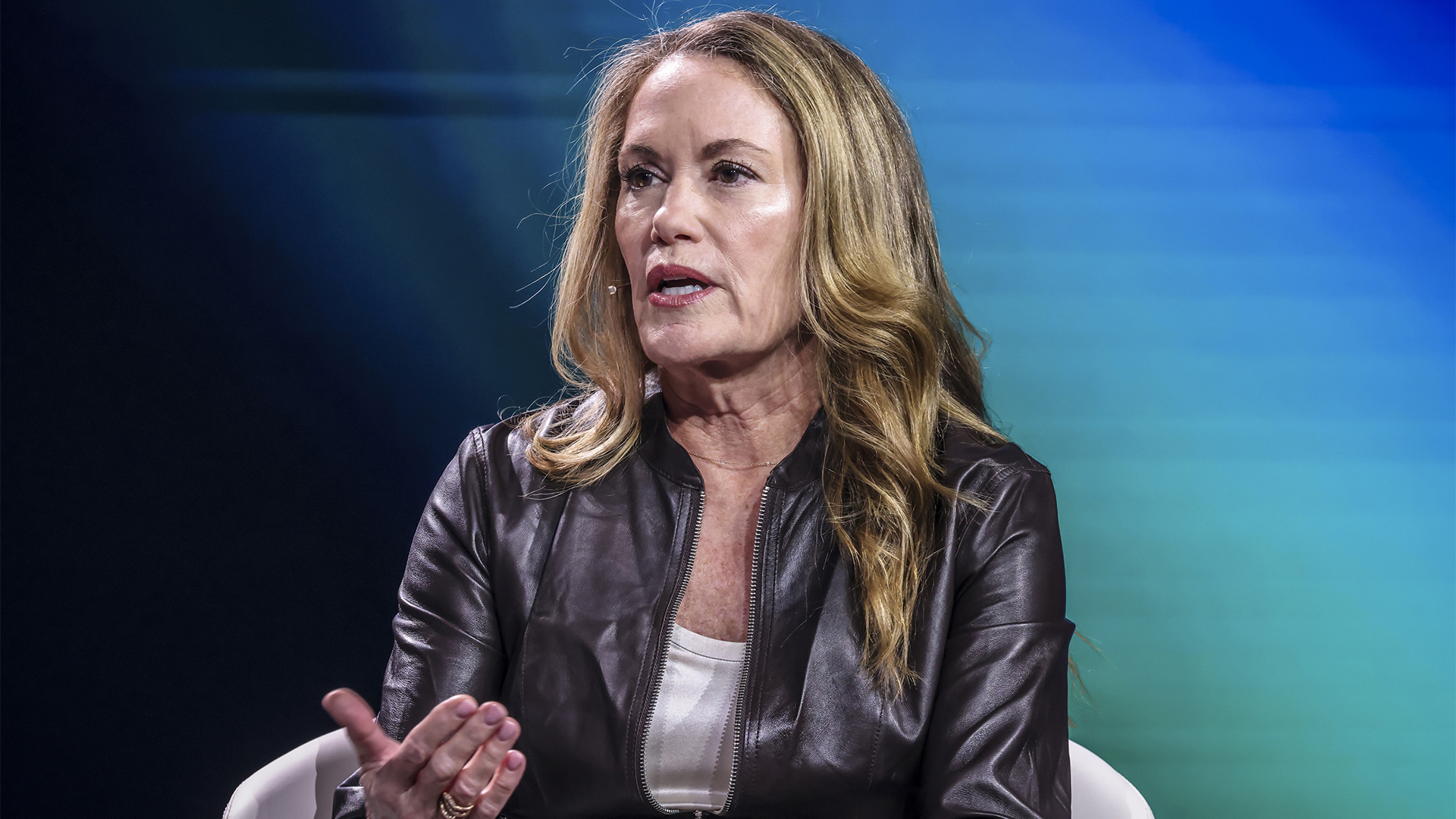 Can robots work safely alongside humans? This one industry leader thinks we're not far away
Can robots work safely alongside humans? This one industry leader thinks we're not far awayNews Humanoid robots and people will be able to work truly side-by-side this year, according to the CEO of one leading robotics company.
By Nicole Kobie Published
-
 Why cutting-edge innovation is killing the planet
Why cutting-edge innovation is killing the planetIn-depth AI and robots will do our work, we’ll get paid in cryptocurrency, and cars will drive themselves – but each of these technologies is a massive energy hog
By Nicole Kobie Published
-
 Why you need process mining in your RPA strategy
Why you need process mining in your RPA strategyWhitepaper Reducing workloads so more time is spent on strategic thinking
By ITPro Published
-
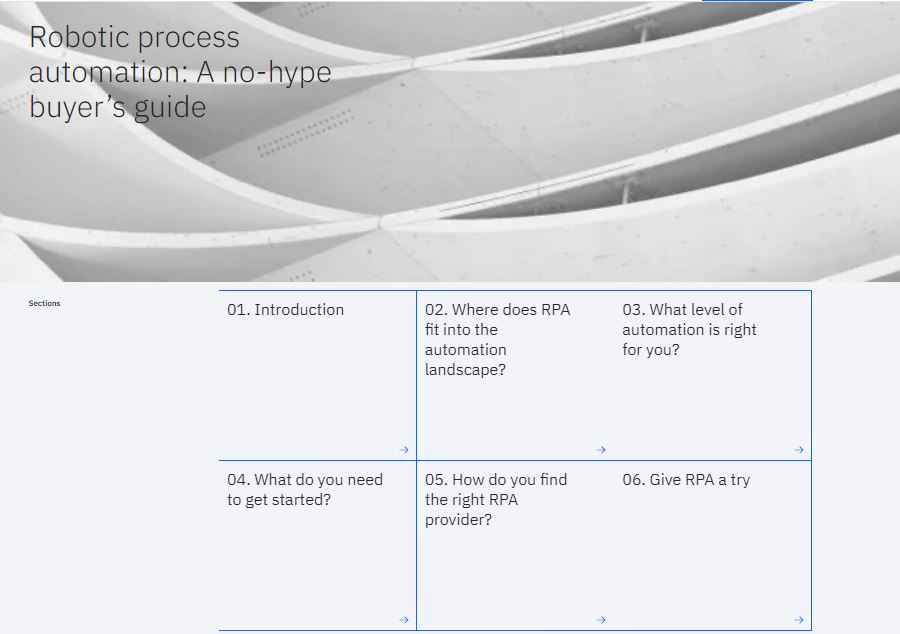 Robotic process automation
Robotic process automationWhitepaper A no-hype buyer's guide
By ITPro Published
-
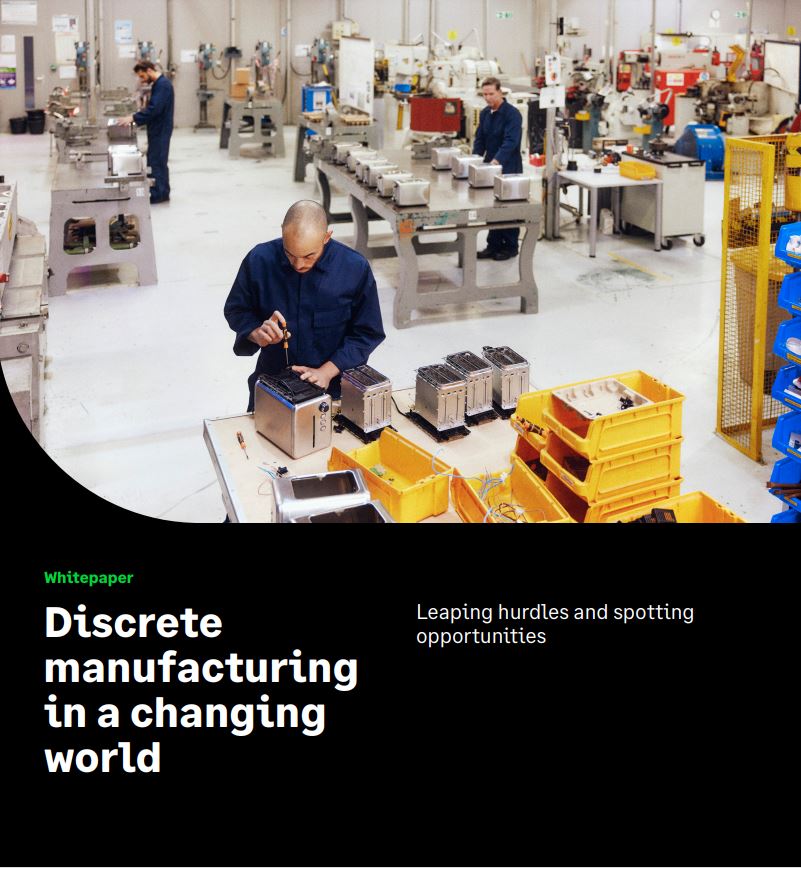 Discrete manufacturing in a changing world
Discrete manufacturing in a changing worldWhitepaper Leaping hurdles and spotting opportunities
By ITPro Published
-
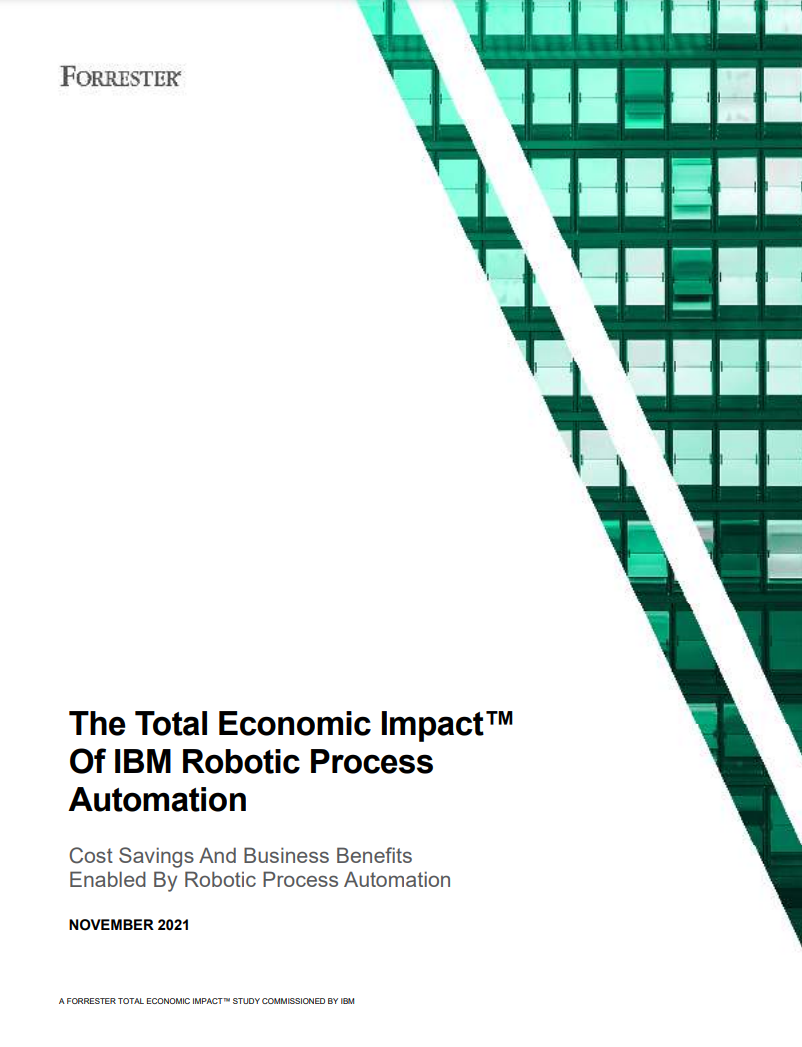 The Total Economic Impact™ of IBM robotic process automation
The Total Economic Impact™ of IBM robotic process automationWhitepaper Cost savings and business benefits enabled by robotic process automation
By ITPro Published
-
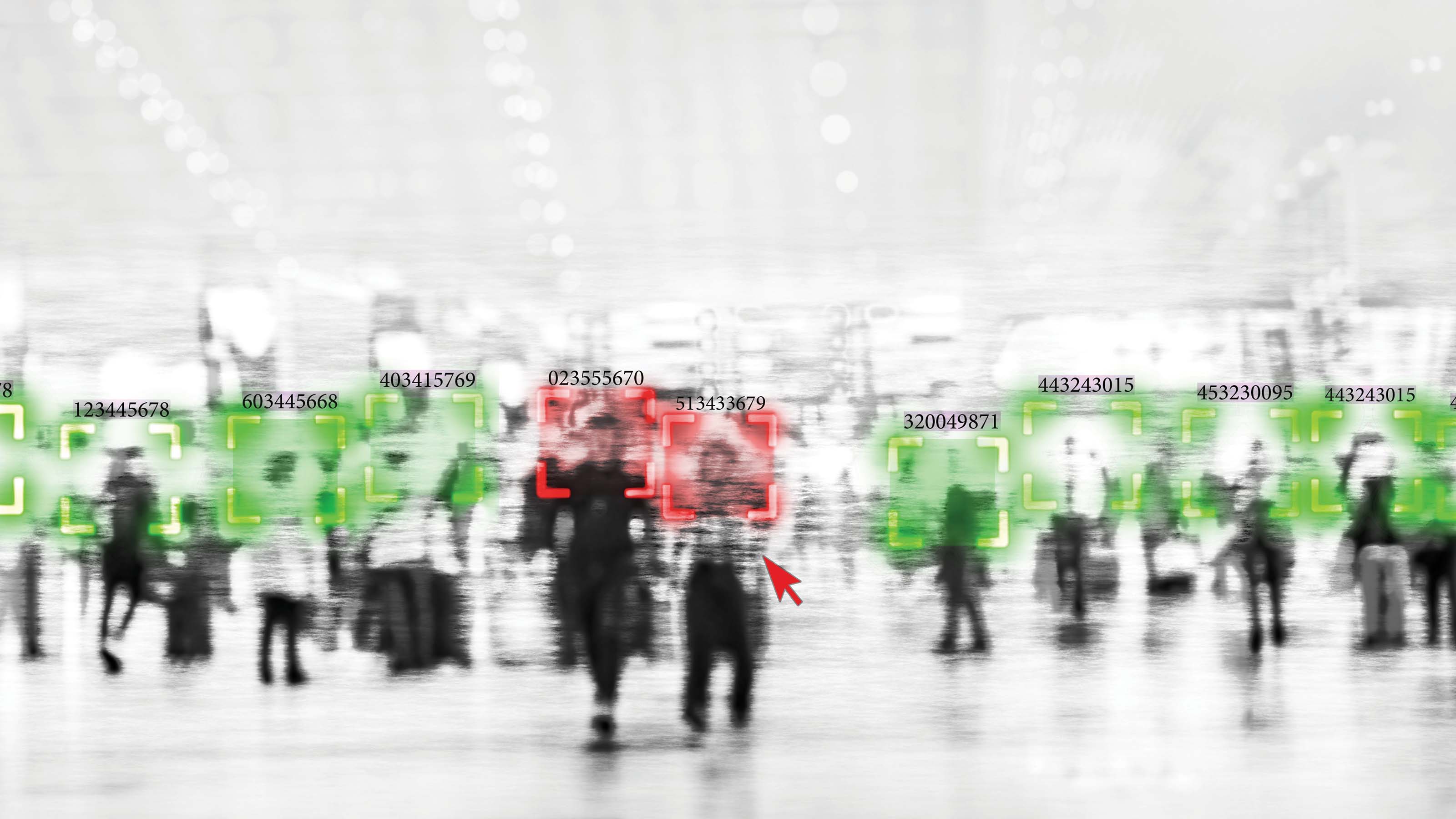 Robot dogs won't save policing – but AI just might
Robot dogs won't save policing – but AI just mightIn-depth Some police forces are turning to robots, AI and facial recognition, but high-profile failures harm public trust
By Nicole Kobie Published
-
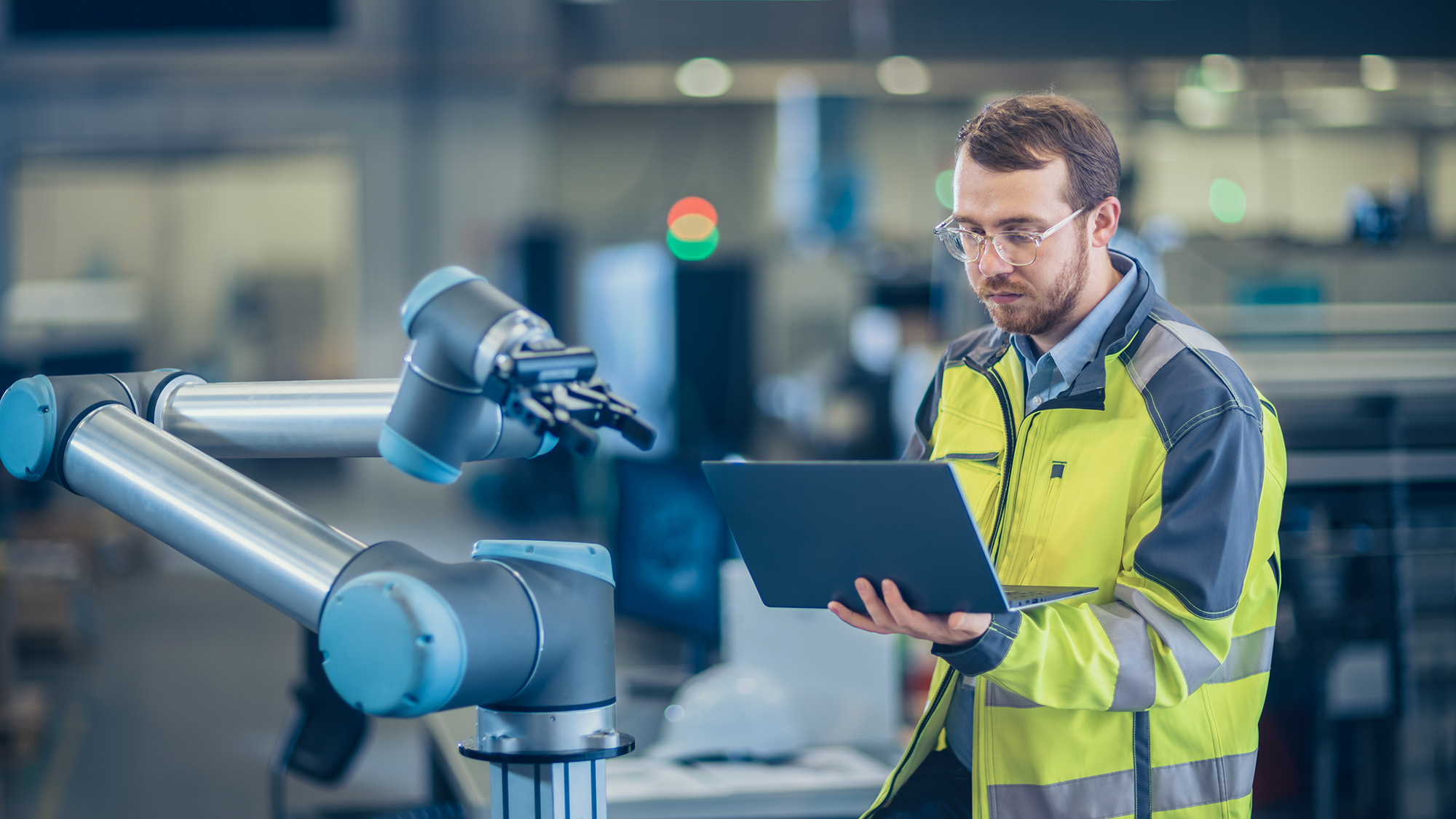 Alphabet tackles industrial robot software market
Alphabet tackles industrial robot software marketNews Intrinsic will teach industrial robots to perform complex tasks
By Danny Bradbury Published